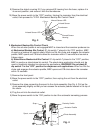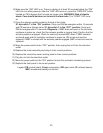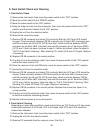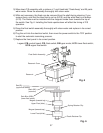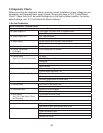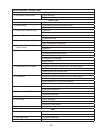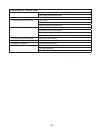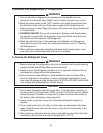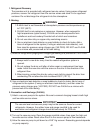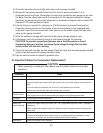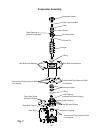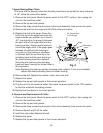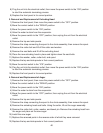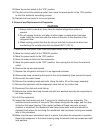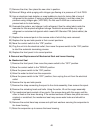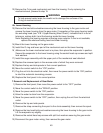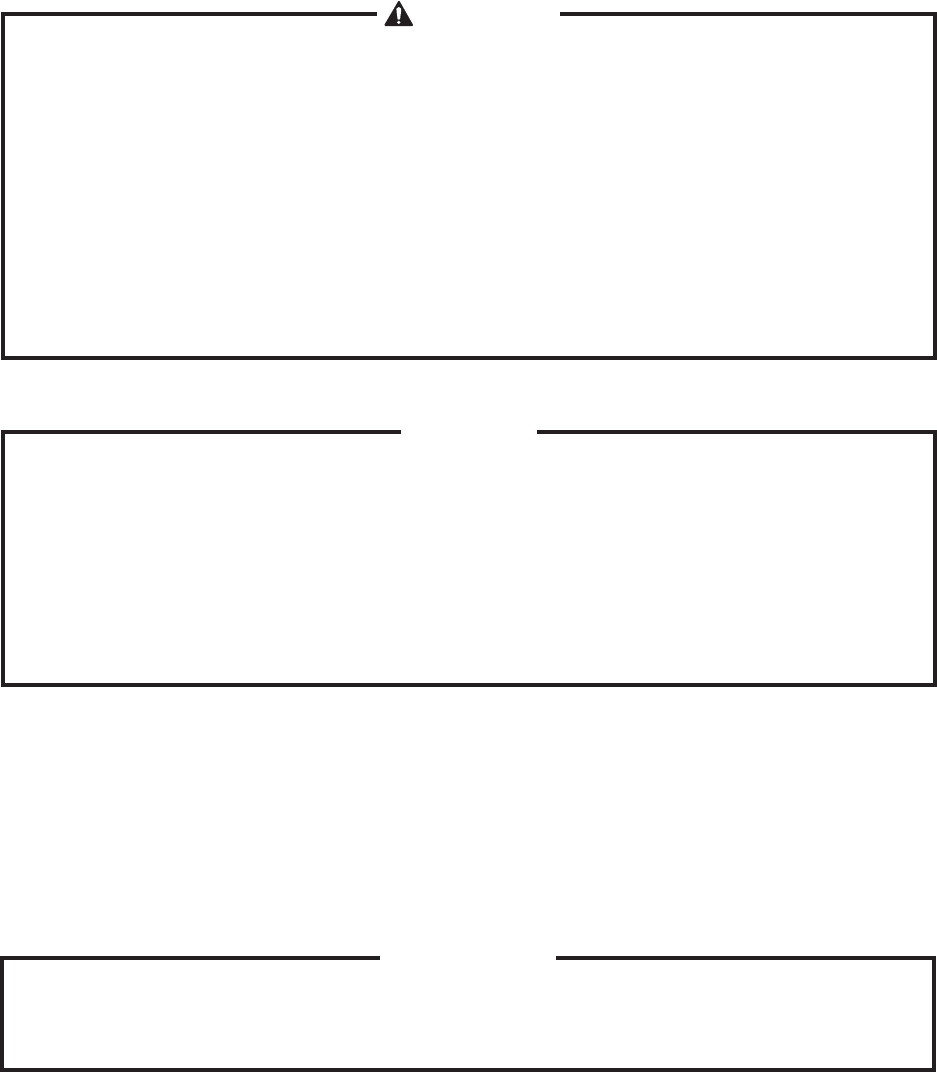
42
1. Refrigerant Recovery
The icemaker unit is provided with refrigerant service valves. Using proper refrigerant
practices, recover the refrigerant from the service valves and store it in an approved
container. Do not discharge the refrigerant into the atmosphere.
2. Brazing
WARNING
1.R-404Aitselfisnotammableatatmosphericpressureandtemperaturesup
to 176°F (80°C).
2. R-404A itself is not explosive or poisonous. However, when exposed to
hightemperatures(openames),R-404Acanbedecomposedtoform
hydrouoricacidandcarbonyluoridebothofwhicharehazardous.
3. Do not use silver alloy or copper alloy containing arsenic.
4. Use an electronic leak detector or soap bubbles to check for leaks. Add a
trace of refrigerant to the system (if using an electronic leak detector), and
then raise the pressure using nitrogen gas (140 PSIG). DO NOT use R-404A
as a mixture with pressurized air for leak testing.
1)Brazeallttingswhilepurgingwithnitrogengasowingatapressureof3to4PSIG.
CAUTION
1. Always install a new drier every time the sealed refrigeration system is
opened.
2. Do not replace the drier until after all other repair or replacement has been
made. Install the new drier with the arrow on the drier in the direction of the
refrigerantow.
3. When brazing, protect the drier by using a wet cloth to prevent the drier from
overheating. Do not allow the drier to exceed 250°F (121°C).
2) Use an electronic leak detector or soap bubbles to check for leaks. Add a trace of
refrigerant to the system (if using an electronic leak detector), and then raise the
pressure using nitrogen gas (140 PSIG). DO NOT use R-404A as a mixture with
pressurized air for leak testing.
3. Evacuation and Recharge (R-404A)
1) Attach a vacuum pump to the system. Be sure to connect charging hoses to both high
and low-side service valves.
IMPORTANT
The vacuum level and vacuum pump may be the same as those for current
refrigerants. However, the rubber hose and gauge manifold to be used for
evacuation and refrigerant charge should be exclusively for POE oils.
2) Turn on the vacuum pump. Open the gauge manifold valves, then open the high and
low-sideservicevalves.Neverallowtheoilinthevacuumpumptoowbackwards.
3)Allowthevacuumpumptopulldowntoa29.9"Hgvacuum.Evacuatingperioddepends
on pump capacity.



